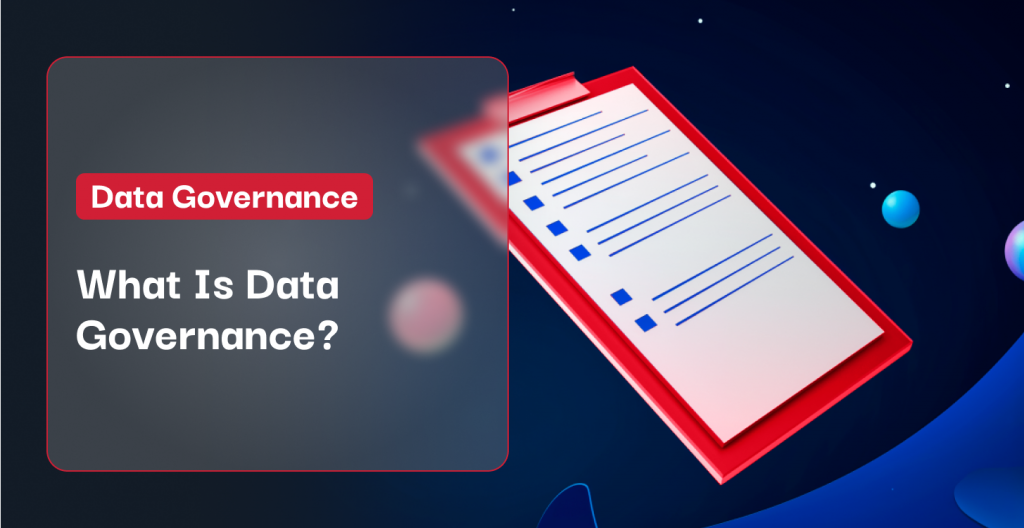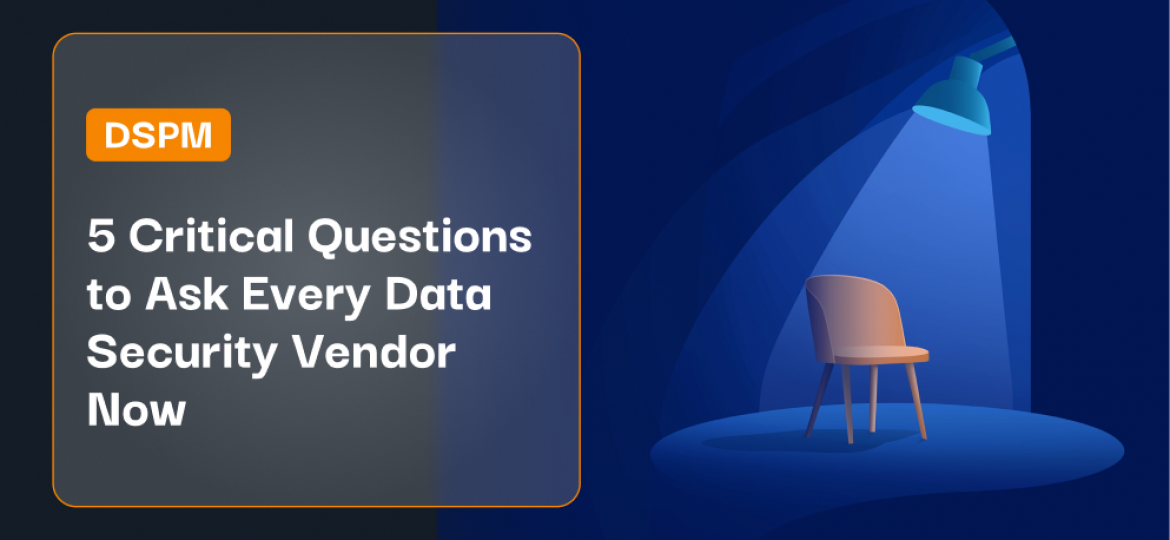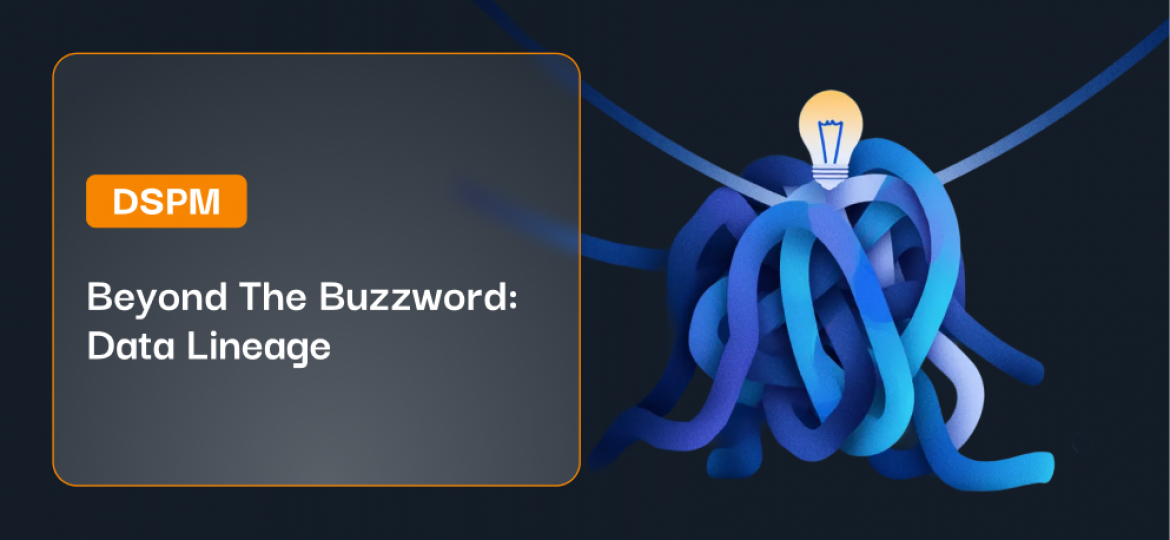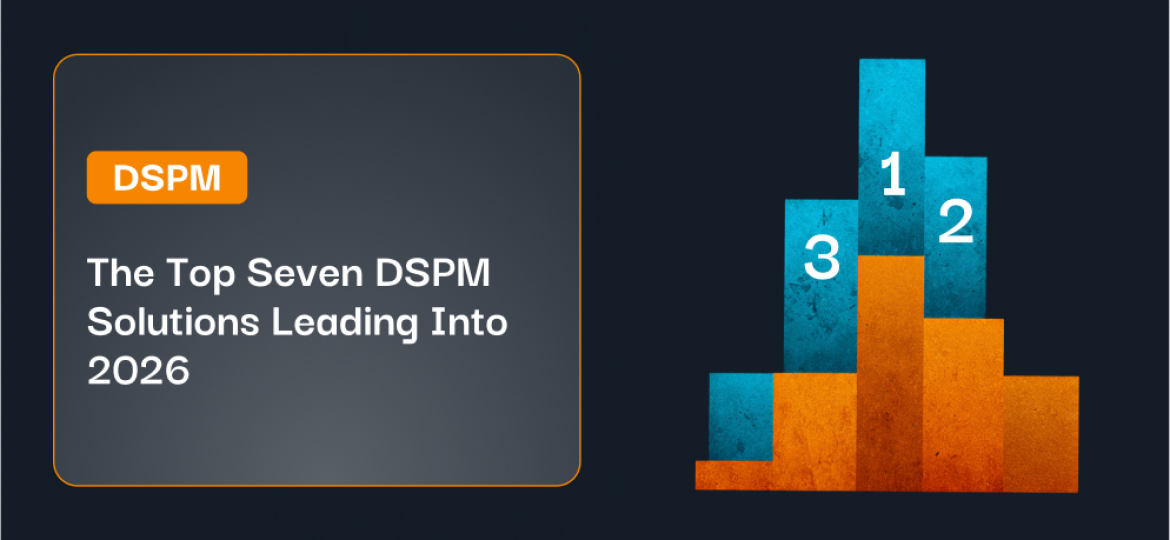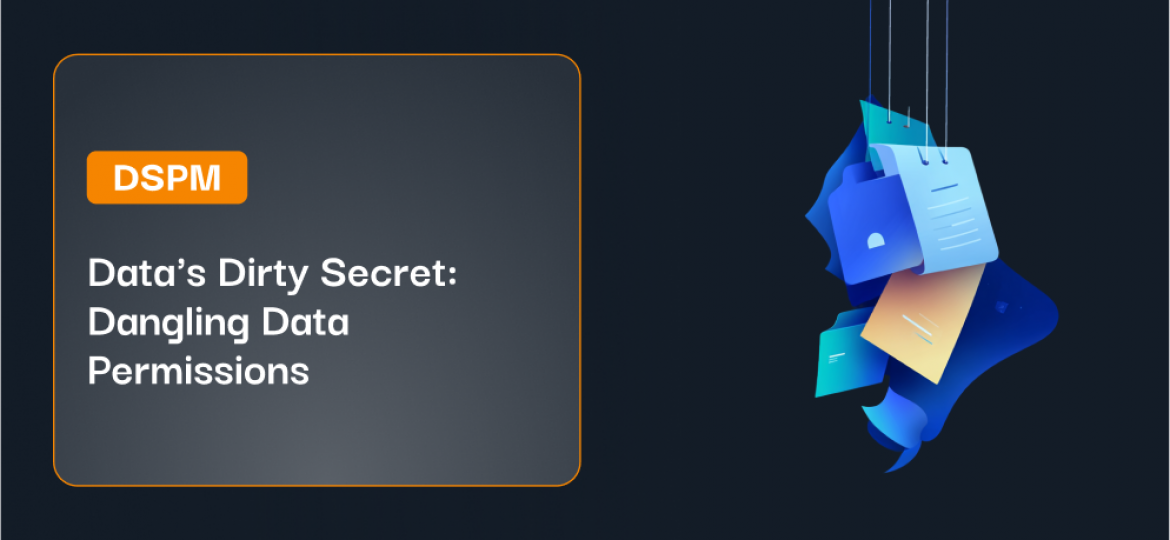With the sheer volume of data being created and consumed increasing exponentially every year, it’s more important than ever for your organization to have a solid data governance posture. Building an effective data governance model and crafting policies that consider local, national, and global legal requirements will ensure that your organization uses, stores, and disposes of data efficiently and securely. Read on to learn everything you need to know.
Jump to a section…
Data governance models form the backbone of an effective strategy
Four pillars for building a robust data governance framework
Use an organizational approach that fits your needs
Data governance policy documents codify internal processes
Keep your data governance model and policies simple to ensure success
Stay ahead of legal regulations
Maximize security with these hybrid cloud data governance tools
Cloud services and remote work are transforming the modern workforce, and your data governance strategies should evolve with it.
Data governance models form the backbone of an effective strategy
It’s important to understand what data governance means for your organization before crafting a practical strategy. Google’s data governance definition encompasses a wide scope of “actions people must take, the processes they must follow, and the technology that supports them throughout the data life cycle” to “ensure data is secure, private, accurate, available, and usable.”
Effective data governance means designing policies and processes that improve data storage efficiency and security. This top-level view of how an organization processes data and who has access to that data will ensure adherence to government regulations while decreasing data waste.
Data governance strategies should be well-defined so that processes are maintained regardless of who moves in or out of the organization. The following are key components of an effective strategy that will allow you to set clear parameters for compliance while maintaining flexibility in the advent of new developments:
- Data governance model: This outlines who is responsible for the different processes required to maintain data throughout the organization. The flow of data control and responsibility depends on the organization’s size and who is ultimately accountable for maintaining data governance protocols.
- Data governance operating model: While the data governance model dictates the overall policy and responsibility, this model provides instructions to employees on how they should create, store, and delete data, depending on their role within the organization.
- Data governance maturity model: After creating and applying your model, it must be regularly updated. A data governance maturity model guides how to adjust your policies to meet new challenges or shore up deficiencies.
- Distribution processes: Distribution processes determine how enacted policies are properly filtered. These processes can differ depending on your organization’s size or specific needs and can range from informal check-ins during scheduled meetings to formal onboarding processes and regularly scheduled training sessions.
- Assessment and adaptation: Maintain an open dialogue and ensure processes are in place to receive constructive feedback. Data governance is constantly evolving, so bake regular updates into your strategy.
To learn more about each of these components, read The 5 Essential Pieces of an Effective Data Governance Strategy.
Four pillars for building a robust data governance framework
Building a data governance model from scratch requires careful consideration, especially as you attempt to cover every aspect of the data life cycle. Starting with a few key questions — like who, what, and why — can help you determine which aspects are the most important to building a framework for secure and efficient data governance. Addressing these components will provide you with a solid foundation:
- Data quality: Failing to filter out inessential or inaccurate data can lead to inefficient processes and increased operating costs. Accounting for data quality will ensure your data governance model only deals with the data your organization needs.
- Data stewardship: Data stewards ensure the attainment of security and quality protocols. Define who these individuals are and the scope of their responsibilities to minimize confusion and increase accountability.
- Master data management: Creating a master list of important data ensures a single source of truth — important for large organizations where multiple individuals or departments may be working with the same information.
- Use cases: Knowing how your organization uses data will help you determine your governance processes. For example, storing a database with protected health information (PHI) requires adhering to a subset of special regulations and creating unique policies to manage and access.
See how organizations like McKinsey and Eckerson build effective data governance models by reading How to Build a Data Governance Framework + 3 Examples.
Use an organizational approach that fits your needs
When designing a data governance model, knowing who is involved will help define the responsibilities represented by your model. Be sure to include employees who work with and implement data in your discussions, as they will guide the real-world application of your model and provide insight on how to address weaknesses.
Once everyone involved is accounted for, determine the scope of data your model will encompass and your organizational approach. Every business is different, and there is no one-size-fits-all solution. Still, these approaches will guide you toward a model that suits your needs:
- A top-down data governance approach limits access to a small team to manage data throughout its life cycle. It’s useful for smaller organizations or companies that manage a specific data set, but it can be difficult for larger businesses to scale effectively without creating bottlenecks.
- A bottom-up data governance approach takes the opposite stance, relying on processes for individuals to follow after data creation. This method effectively removes the bottlenecks for larger organizations, but quality control can suffer.
- A collaborative data governance approach acts as a compromise between the two previous approaches, where well-defined processes distribute responsibility across the organization while data owners oversee the quality of data and enforce policies.
Read How to Build a Data Governance Model for more information on these approaches and effective data governance model design.
Data governance policy documents codify internal processes
Data governance models provide an outline for accountability, while policies provide the directions an organization should follow. Writing a well-defined policy ensures all members work toward the same goal while keeping stakeholders informed of these processes. The following are key sections typically found in a comprehensive data governance policy.
- Purpose: Defines the overall goal of the policy and how to achieve it.
- Scope: Determines who the policy applies to, including individuals or teams within the organization, types of data collected, and whether the policy applies to other documentation or processes.
- Rules: Can fall under a variety of names (like “principles” or “policy”), but is effectively where the explanations live that describe how data is managed and used.
- Roles and responsibilities: Provides accountability by listing who is in charge of maintaining each process defined within the policy and what they are responsible for.
- Review process: Explains the procedure for regular review and updates to the policy.
- Glossary: Defines key terms within the policy to maintain consistency and prevent confusion.
- Resources: Additional links to key documentation on internal or external processes, sources for decisions within the document, and any other important information.
Learn how to involve key stakeholders and see real-world examples of policy documentation by visiting How to Write a Data Governance Policy + 9 Examples.
Keep your data governance model and policies simple to ensure success
When crafting your data governance model or subsequent policies, it’s tempting to overload them with detail or overthink the processes that go into them. Adding too many KPIs or procedures to follow will increase the number of potential failure points in your model, resulting in mismanaged data collection and storage.
Remember, don’t overcomplicate the message. Provide enough guidelines to successfully meet your policy goals while allowing your organization room to grow — you can always update processes once you expose your policy to real-world scenarios and discover shortcomings in your model. Define roles with clear objectives, and spread them across the organization where logical so no one individual or entity is overloaded with responsibility.
Read 8 Data Governance Best Practices For Modern Organizations for our guide on instituting practical methods that provide tangible results.
Stay ahead of legal regulations
It’s not enough to keep your organization’s needs in mind — effective data governance models and policies will also need to comply with relevant government regulations. Failure to do so can lead to legal costs, fines, and even imprisonment based on the severity of the infringement.
If your organization handles sensitive medical information within the United States, your data governance model will be subject to the Health Insurance Portability and Accountability Act (HIPAA). HIPPA compliance requires a specialized set of safeguards to ensure electronic personal health information is properly encrypted. Many organizations will employ a compliance officer dedicated to educating employees on the proper handling of PHI and mitigating incidences of exposure.
Outside of the United States, the General Data Protection Regulation (GDPR) provides sweeping changes to how organizations collect data within the European Union. GDPR doesn’t just apply to European businesses — any company that offers goods or services within the European Union is subject to these regulations.
These are only a few of the regulations you may come across. Read What Are Data Governance Regulations? to learn how regulations in the United States and other countries can affect your data governance models.
Maximize security with these hybrid cloud data governance tools
With all of the moving parts that go into data governance, it’s important to have a suite of tools that make your job easier. These hybrid cloud solutions keep your data secure while staying up-to-date on the latest regulations.
- Google Cloud offers a suite of security and compliance features with built-in auditing. Google’s BeyondCorp provides organizations with robust policies for access control as well as user- and device-based authentication and authorization.
- Amazon Web Services (AWS) partners with five organizations to provide robust data governance solutions emphasizing privacy, securing data, and automating data workflows.
- Microsoft Purview is Microsoft Cloud Services’ solution for data governance, allowing organizations to create holistic data landscape maps to provide insights into the location and movement of sensitive data throughout your network.
Symmetry Systems designed DataGuard to enhance your organization’s data governance strategy. Our automated policy recommendations, comprehensive risk maps, firewall alerts, and data activity monitoring are just some of the reasons Symmetry Systems was named a Gartner Cool Vendor in the data security posture management category. Contact us today to learn more and set up a demo.

